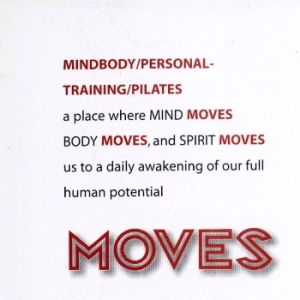Linda’s passion for riding has lead her to develop a program specific to equestrian sports.
She has put together a series of exercises which increase strength in the abdominals, back extensors, and thighs while maintaining adequate flexibility; all factors in supporting a balanced, safe “seat” while riding.
A strong balanced body also supports the stamina, ie. cardiovascular resistance necessary to support correct posture and a strong center so that the rider does not depend on contact with the reins to keep his/her balance. “Riding the horse’s mouth” is often corrected not only by hours of lessons, but by an efficient exercise regime as well.
You owe it to your horse to train your own muscles in order to save his on the trail or in the show-ring.
EQUESTRIAN SPORTS AND EXERCISE
 Try the following exercises before riding to increase your comfort and as a result, that of your Horse!
Try the following exercises before riding to increase your comfort and as a result, that of your Horse!
If possible take a walk of 10 to 20 minutes before riding to warm up your muscles; better still, walk with you horse on the lead-line. This way your horse will loosen up as well and have a chance to look around and relax, particularly if he has been in a stall for hours.
With or without the walk, the following exercises are important to do before mounting your horse:
1. TO WARM UP THE HIP JOINT: Standing profile to a fence place one hand on a railing at shoulder height for balance, stand tall. Place the opposite hand on the hip. Swing the outside leg gently forwards and backwards like a pendulum to relax the muscles in the hip joint. Breath deeply as you swing the leg 16 times. Turn to the opposite side, opposite hand on rail. Repeat with the opposite leg.
2. TO STRETCH FRONT OF THE THIGH: Face the fence with hands on a railing for balance, feet together, knees slightly bent. Lift the right leg and take the ankle with the right hand gently pulling the heel towards the buttocks to stretch the front of the thigh. You should feel a slight stretch but no pain. Breath deeply as you old for 10 seconds. Carefully lower the foot then repeat on the opposite side: left hand to left ankle.
3. TO STRETCH THE INNER THIGH: Face the fence with both hands on a railing for balance. Raise the left leg to the side and place the left foot on one of the railings at about waist height to stretch the inner thigh; raised leg to the side is straight, knee soft. Standing leg is straight or slightly bent. Take a deep breath as you bend the standing leg. As you exhale relax the inner thigh and straighten the standing leg. Repeat three breath cycles. Carefully lower the left leg and repeat on the opposite side.
4. TO STRETCH THE HAMSTRINGS AND THE LOWER BACK: Face the fence with both hands on a railing for balance, feet together, stand tall. Leaving the hands on the railing, walk away from the fence as you flex forward from the hips until your back is flat like a tabletop. The knees should be bent, the arms long, head in line with the back, shoulders relaxed. Take three deep breaths exhaling completely. Walk towards the fence to stand tall; repeat the entire exercise.
These exercises will limber you and allow you to sit deeper into the saddle. Your horse will appreciate your softer seat.
While riding if you feel yourself becoming nervous or rigid take a deep breath and as you exhale relax your shoulders and neck; continue to “breath into your belly.”
Keep breathing deeply as you ride and enjoy!
Link to FITNESS ON-LINE for specific exercises for the ABDOMINALS
